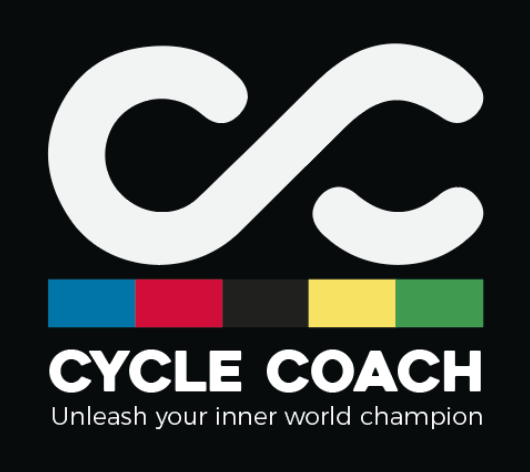What to Do When Race Prep Goes Wrong
Race Prep and When It All Goes Pear-Shaped
I was racing Sunday morning at Hog Hill, where I’d previously had a 4th place and honestly wanted to do better this time around. I was excited.
Preparation was dialled: a steady 2-hour ride on Saturday with some openers, home to wash the bike, wax the chain, lay out kit, plan breakfast, prep race food, and load the car.
Race start was 9:30, with a 90-minute drive. Sunday meant a 5:30 alarm, breakfast and cappuccinos, and on the road at 6:30. I’d arrive at 8, giving me a full hour to warm up. Over the years — especially as I’ve aged — I’ve learned I need longer warm-ups: start easy, build to FTP, add supra-threshold efforts, spin easy, repeat. That’s the formula that gets me race-ready.
At least, that was the plan…
When the best prep unravels
At 7 a.m., the motorway ground to a halt after an incident. We sat for an hour. More delays followed. I finally arrived at the race with barely enough time to sign on, set up, and squeeze in 18 minutes of warm-up.
Legs weren’t awake. Could I bluff my way through?
Into the hurt locker
The race started fast. Hog Hill’s technical corners expose my biggest weakness: repeated accelerations. Thirty-nine seconds in, I hit 927 W — it felt like being smacked in a boxing match. My cardio just wasn’t primed.
By lap 3, fighting to stay in contact, the rider ahead of me blew. I had nothing left to chase back on. After a futile threshold-type effort, I sat up.
My first thought? Pack it in and head home. But then some dropped riders came by. I jumped on, took turns, and soon spotted the bunch dangling 45 seconds up the road. I gave it two laps of full-gas chasing — close, but no cigar. Eventually I sat up and waited.
We carried on together until lapped. Not exactly the podium I’d hoped for. But here’s the kicker: once I was properly warm, the race felt easy. Same speed, 55 W less. Big difference.
Lessons from a bad start
It’s frustrating when things don’t go to plan. But not every race has to be a result — some are about fitness, skills, and testing yourself under less-than-ideal conditions.
👉 Takeaways for your own racing/training:
When prep collapses, don’t panic. Focus on what you can control (positioning, fuelling, smooth lines).
Your first laps can double as your warm-up. Stay calm, ride smart, and don’t burn too many matches.
Bad races still give good data. I now know exactly how much difference proper warm-up makes — and that’s valuable feedback for next time.
What the Science Says About Warm-Ups
It’s worth noting that the research on warm-ups is mixed. Some studies show clear benefits, others suggest little or no improvement, and in some cases performance can even decline depending on the type of warm-up used.
Why the differences?
Event type matters: A short explosive sprint may not benefit the same way as a long endurance race.
What’s measured matters: Time to peak power, oxygen uptake, or fatigue resistance can all give different results.
Duration and intensity matter: Too short and you’re not primed, too long or too hard and you start the event already fatigued.
In other words: there’s no one-size-fits-all. For me personally, with a background of juvenile rheumatoid arthritis and external iliac artery endofibrosis, a longer, progressive warm-up is crucial. Without it, my cardiovascular system simply doesn’t respond the way it needs to in the first few minutes.
For other riders, the difference might not be as dramatic — but most athletes I coach find that experimenting with different warm-up lengths and intensities helps them discover what gets their body firing on race day.
Final word
This one didn’t deliver the result I wanted. But it wasn’t the end of the world. I got a workout, improved my cornering, and walked away with lessons I’ll use for the next race.
If you want to learn how to bounce back when prep goes wrong — or turn “bad races” into breakthroughs — that’s exactly what I coach athletes to do. Who I coach
